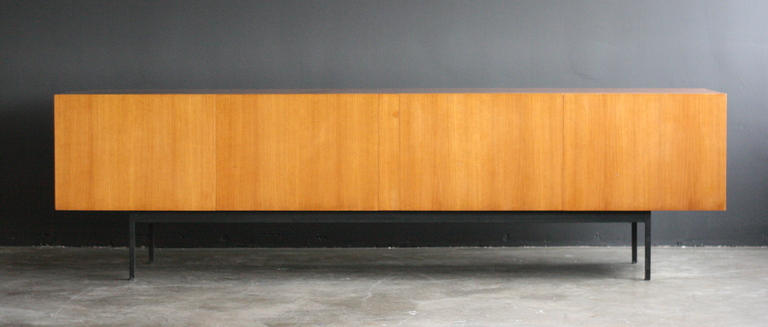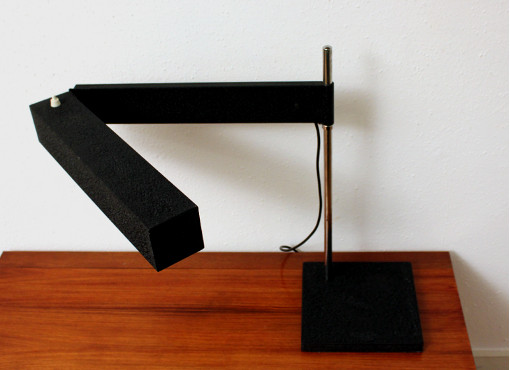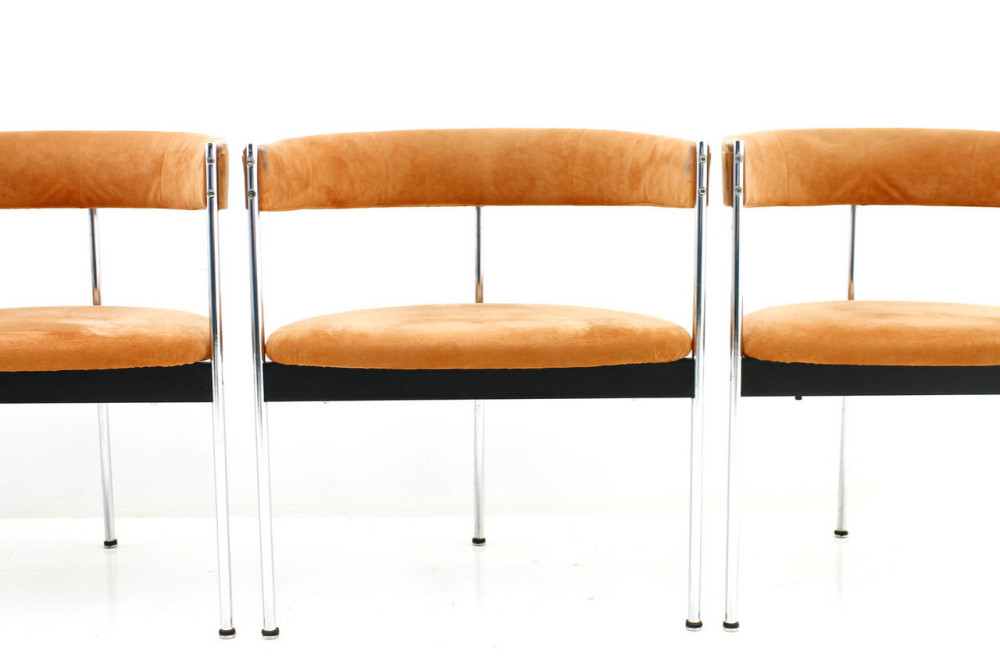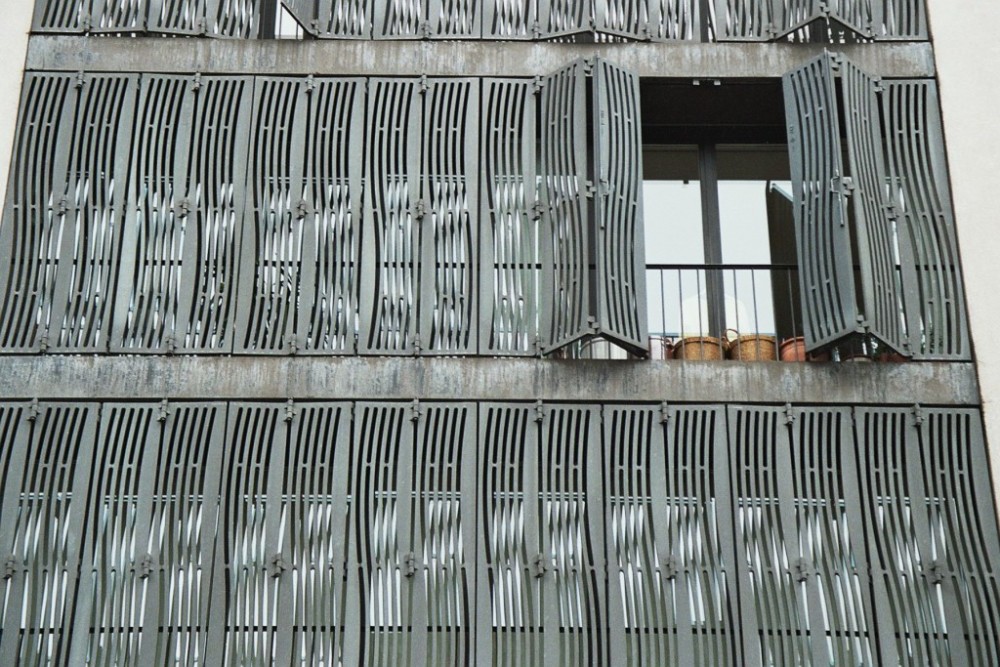
Dieter Waeckerlin’s Behr sideboard, 1958
I very much liked Dieter Waeckerlin’s design furniture on show at Okay Art in Basel. Waeckerlin is a Basel furniture and interior designer active from the 1950s through to the 1970s and Okay Art is the perfect place to showcase his work. The vintage design gallery is housed in a Herzog & de Meuron townhouse at 11 Schützenmattstrasse. Reha Okay and his wife Nadine have been pioneering vintage furniture and design in Basel for a while now. Reha has an eye for clean lines, signature designers and appreciates the modulated look of early Modernism through to Bauhaus and on down to the Scandinavians.

I never knew what a Hugo cocktail was, and I always appreciate learning something new. It’s a smidgin of elderflower wine in some crushed ice and fresh mint, Prosecco (or in this part of the world – Alsace Crémant) and a bit of sparkling water. Absolutely perfect for a hot muggy Tuesday evening in Basel, with thunderstorms in the afternoon and more in the offing.

Waeckerlin’s furniture is a clear mix as well, between the austere functionalism of the Bauhaus and the cabinet tradition of the Scandinavian moderns. He was interested in the interior as planned, functional living space, the idea behind the Jugendstil (the Gesamtkunstwerk) pared down considerably. Minimalism, order and workmanship are his signature contributions to design. So spare is his work that he often left out handles altogether, relying on touch and sometimes magnets to open and close doors.

Saffa desk lamp designed by Dieter Waeckerlin
He acquired his appreciation of timber early, and was not afraid to put timber on metal and to play them off against each other, especially tropical woods. He liked suspended cubes and oblongs. The interior of his sideboard for the German company Behr is of pale birch and maple with modular, removable shelving and storage. It looks like a coffin on trestles and is his most famous piece. If you took out all the wonderfully carpentered drawers you could fit a corpse inside. The above Saffa desk lamp follows the same clean, utilitarian logic.

1960s dining chairs designed by Dieter Waeckerlin
The rare curves in the room were provided by Waeckerlin’s dining chairs around a solid-looking dining table that takes a bit of getting used to. It was made from Macassar and iron for Idealheim, the Basel company which produced most of his work.

Professor Dominic Haag-Walthert of the Hochschule in Luzern gave us a run through the salient points of Waeckerlin’s life and career. A number of people at the vernissage mentioned that their parents had pieces of Waeckerlin’s furniture and they remembered taking it to the brocki (Brockenstube: a furniture recycling centre) sometime in the late decades of the twentieth century. There is a definite Swiss aesthetic to Waeckerlin’s designs: they seem the furniture expression of a need for order, the need to pare things down to essentials, puritanism on legs. The exhibition is at Okay Art at 11 Schützenmattstrasse until 24 June. It’s a great place to pop in for a Hugo or a coffee, and to look at the wonderful vintage art and furniture on display.

Herzog & de Meuron townhouse at 11 Schützenmattstrasse, Basel


